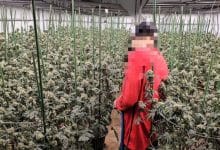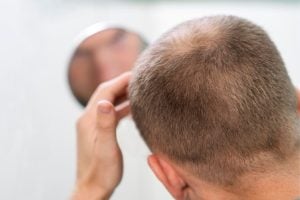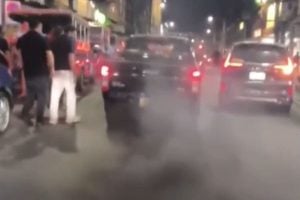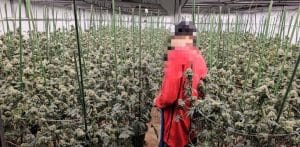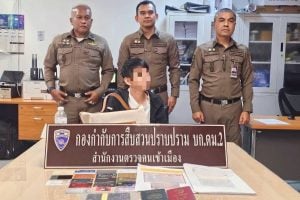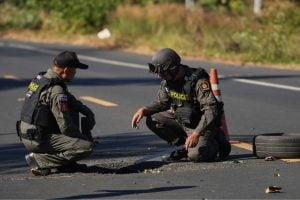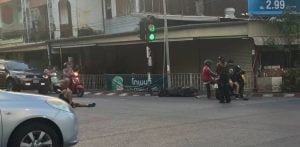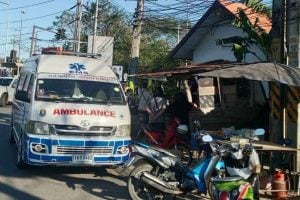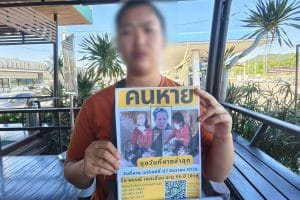Bangkok ranks 4th worst for air quality as haze chokes city
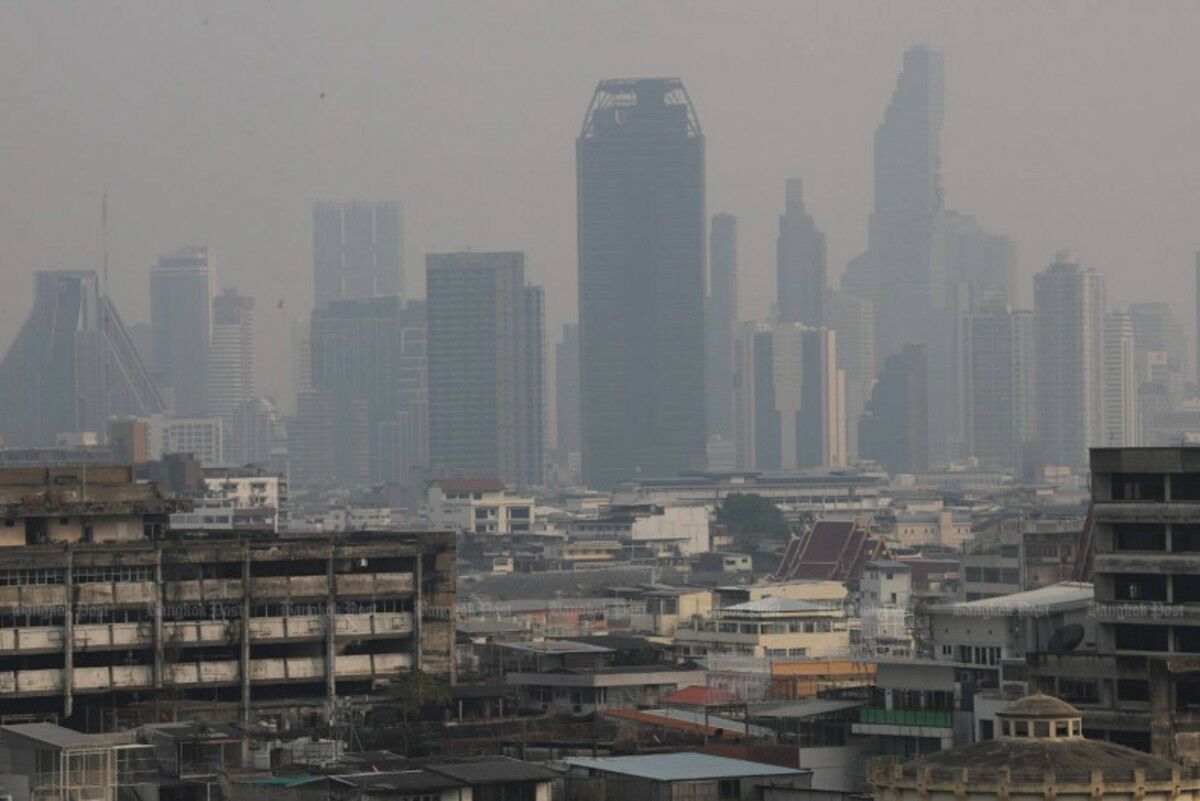
Bangkok’s air quality took a nosedive today, earning it the grim title of the fourth worst city in the world for air pollution, according to Swiss-based monitoring platform IQAir. The capital’s air quality index (AQI) hit a hazardous 188 as of 9.40am, with toxic PM2.5 levels far exceeding safe thresholds.
The Bangkok Metropolitan Administration (BMA) declared 48 out of 50 districts as hazardous “red zones,” with PM2.5 concentrations averaging 88.4 microgrammes per cubic metre (µg/m³)—well above the government’s safe threshold of 37.5µg/m³.
Nong Khaem emerged as the most polluted district, recording PM2.5 levels of 108µg/m³, followed by Khan Na Yao, Min Buri, Thawi Watthana, and Lak Si. City Hall urged residents to work from home where possible and to avoid outdoor activities due to the health risks posed by the toxic haze.
“This situation is extremely concerning, and we advise everyone to take necessary precautions.”
The air crisis isn’t limited to Bangkok. Chiang Mai, a northern tourism hub, also struggled with pollution, ranking 23rd globally with an AQI of 127µg/m³.
Regionally, Bangkok’s air quality was surpassed only by Ho Chi Minh City, which topped Southeast Asia’s list for worst pollution. Other cities in the region grappling with hazardous air include Phnom Penh, ranked fifth, and Hanoi, ranked seventh, reported Bangkok Post.
As residents endure worsening air conditions, authorities are under increasing pressure to address the toxic haze choking both urban and rural areas across Thailand. For now, staying indoors with air purifiers is the only viable escape from the smoggy skies.
The PM2.5 crisis intensifies during the dry season (November to April) in Thailand when stagnant air traps pollutants. Burning crop residue in agricultural regions worsens the situation, particularly in the northern provinces. The Thai government has implemented measures including urging residents to work from home, restricting outdoor activities, and setting up air pollution checkpoints.
Latest Thailand News
Follow The Thaiger on Google News:

